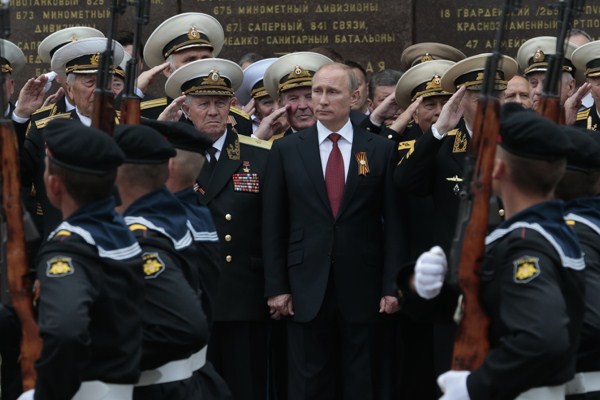On March 10, at a regular session of the Joint Consultative Group of the Conventional Forces in Europe (CFE) Treaty, the Russian delegation declared that Moscow was suspending its further participation in the group’s meetings. With the declaration, Russia completed its de facto withdrawal from the most comprehensive conventional arms control treaty in history—one that took decades to negotiate and was a symbol of the end of the Cold War. But the effects of that withdrawal are mostly symbolic, since the treaty has been doubly overtaken by events: The Cold War is long over, and Russia already stopped complying with the treaty years ago.
The treaty, signed in Paris in November 1990, established individual limits on the five major conventional weapons systems—such as tanks and attack helicopters—possessed in Europe by NATO and the Warsaw Pact. The CFE agreement also imposed a series of reporting and notification requirements concerning various military exercises and other activities.
The treaty was negotiated over decades, but was only realized after the arrival in power in the Soviet Union of Mikhail Gorbachev, who wanted to end the Cold War military confrontation in Europe. According to NATO, more than 60,000 pieces of equipment have been destroyed in accordance with the CFE’s provisions. Meanwhile, the treaty’s confidence-building measures not only constrained threatening military activities, but also enhanced mutual contacts and understanding between NATO and Russian armed forces.

